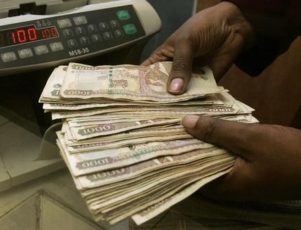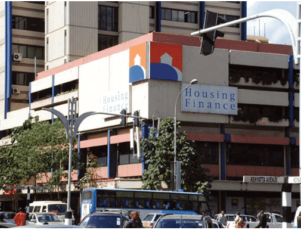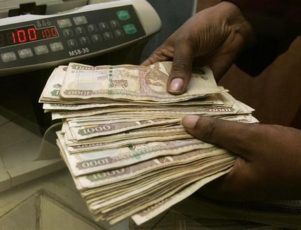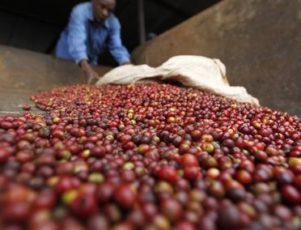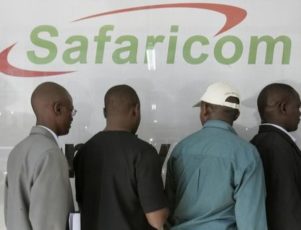Mobile and internet penetration, a mobile economy, developing tech ecosystems, and government support are set to make Nairobi Africa’s key technology hub.
Over the last half-decade, Kenya has rapidly developed into a country of digital innovation, and its capital Nairobi, dubbed Silicon Savannah, looks set to become Africa’s key technology hub. With a fast-growing urban economy and a young and digitally savvy population, it is already easier to pay for a taxi by mobile phone in Nairobi than it is in London or New York. Since 2002 Kenya’s technology services sector has grown to more than £300 million (2013) up from just £11 million. And VC funding for African startups, which hit more than $400 million in 2014, is projected to grow to at least $1 billion by 2018. Google, Intel, Nokia, Vodafone, and Microsoft have already opened sites in Nairobi. And IBM has chosen the city for its first African research lab (a $100 million Innovation Centre).
A mobile economy
At root, this technology renaissance has been spurred by mobile phone penetration. Back in 1999, Kenya, as with most of the Africa region, had a rudimentary telecommunications infrastructure and counted only 300,000 landline telephones. Over the last decade, it has proved easier and cheaper for the country to bypass the analogue age entirely and instead move directly to installing mobile phone networks. Mobile phones are also easily accessible, cheap, and practical, especially when compared with a computer. And unsurprisingly in just a few years mobile phone penetration in Kenya has grown from less than 20% to 85% (it’s 89% in the US).
At the same time, Kenya lacks a traditional banking infrastructure. Until recently, for example, the high proportion of Kenya’s urban population working to support family members in the countryside relied on hand delivery or sending cash through bus drivers. And the combination of these two elements has created the perfect setting for a mobile payments-based economy.
In 2007, state-owned telecoms company Safaricom launched M-PESA, the SMS-based money-transfer system (pesa is Swahili for “money”). Converting even the most basic phones into roaming banking devices, M-PESA spread at speed. And by 2012, more than 17 million Kenyans (70% of the adult population) were using mobile payments, the highest percentage of any country in the world. Now more than $320 million dollars are transferred via Kenyan mobile phones each month as huge swathes of previously unbanked customers join the digital economy. Safaricom also sells solar-powered charging equipment to expand the market.
 Government support
Government support
With a 40% unemployment rate to solve, the Kenyan government is also supporting the country’s technology renaissance, determined to leverage the opportunity to create jobs and drive sustainable economic growth for the next generation.
In 2009, the East African Marine system, backed by the Kenyan government, laid a 5,000 km fiber-optic undersea cable linking the coastal town of Mombasa with the UAE. And since this time, internet penetration has grown to just under 67% of the population. This is a significant growth from 2010 when internet penetration was around just 14%.
It has created a fertile marketplace for e-commerce and tech businesses, in which the government continues to invest. In 2013 the government formed an Information Communication Technology (ICT) Authority. It laid out a policy roadmap, Vision 2030, focusing on digital infrastructure (e.g. a new fiber-optic network). And it is currently building a multi-billion dollar “techno city” called Konza with aims to create 200,000 jobs by 2030. Located 60 km south of Nairobi, a 2,000-hectare plot will offer office parks for science and technology firms, a university, retail outlets, and residential facilities. Tax breaks are also being offered to companies willing to move to the new city.
A tech ecosystem
A tech ecosystem is also starting to emerge. Where traditional ecosystems may be lacking, Silicon Savannah is filling the gap with innovation hubs and accelerators. The trend has been led in part by Ushahidi co-founder Erik Hersman who considers the future of tech in Kenya reliant on hubs to bring together technology entrepreneurs, young programmers, creative professionals, and investors, along with their ideas and innovation. “Hubs in major cities with a focus on young entrepreneurs… Part open community workspace (co-working), part investor and VC hub and part idea incubator. The nexus point for technologists, investors, [and] tech companies,” says Hersman. Ushahidi established the iHub innovation Centre in 2010, and since then it has been part of creating 152 startups and counts 15,000 members. iHub has also partnered with the ICT Authority on several initiatives, has hosted speakers including Yahoo’s Marissa Mayer, and has driven an upsurge in different types of innovation hubs across the continent.
Accelerators are also part of the emerging ecosystem. A particularly successful example is Nailab, which launched in 2011 to work with early stage globally scalable startups. So far it has incubated 30 companies, and in 2013 it partnered with the government to launch a $1.6 million technology program providing entrepreneurs with access to capital, education, and contacts within the industry. Tech competitions are also emerging. For example, the IPO48 startup competition brings together over 100 Kenyan entrepreneurs, programmers, designers, and project managers at a time, to build a new mobile or web service over the course of two days.
In Kenya, the stars of mobile and internet penetration, a mobile economy, developing infrastructure, and government support have aligned, and there are great opportunities ahead. And as its global reputation for innovation continues to grow, the country has the chance to future-proof itself both as an economic driver and Africa’s key technology hub.
Read more

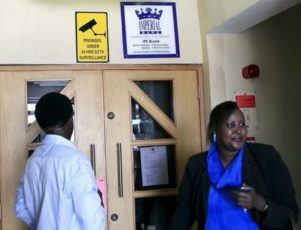
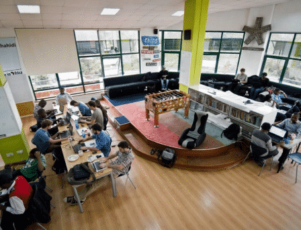






 Government support
Government support
 Expanding technology’s reach
Expanding technology’s reach